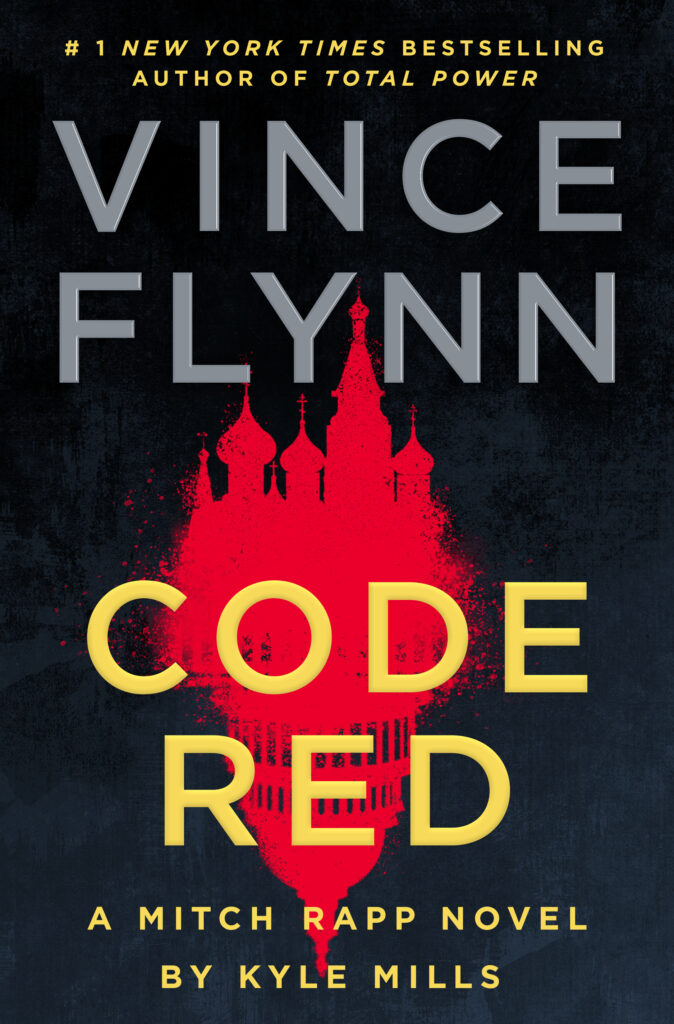At the start of each year, I spend some time looking back at developments in the news to see how they parallel my books. As a writer who strives to capture scenarios that feel like they could be just around the corner, it’s interesting to discover how accurate I’ve been.
 To kick off my annual Stranger Than Fiction roundup, this month I’m focusing on my latest novel, Code Red. Many readers thought I’d invented captagon—the highly addictive stimulant at the center of my story—because it’s relatively unknown in the West. Predominantly manufactured in Syria and Lebanon, it’s been wreaking havoc in the Middle East for the past decade.
To kick off my annual Stranger Than Fiction roundup, this month I’m focusing on my latest novel, Code Red. Many readers thought I’d invented captagon—the highly addictive stimulant at the center of my story—because it’s relatively unknown in the West. Predominantly manufactured in Syria and Lebanon, it’s been wreaking havoc in the Middle East for the past decade.
Traffickers Target New Markets
The month before Code Red hit shelves, a story emerged about captagon with experts calling the drug the “poor man’s cocaine” and suggesting that it was just a matter of time before it invaded Europe and the US. A regional activity that has provided significant support for Bashar al-Assad’s regime in Syria is growing into a global trade. Just three days after the release of Code Red, Dubai police seized $1 billion worth of the drug at the country’s Jebel Ali port.
Fiction Rooted In Science
One of the key concepts in Code Red was that a psychiatric drug could cause brain damage in its users—injuries that would result in permanent, crippling psychoses even after patients stopped taking it. It seemed feasible to me, but I couldn’t find much support in the medical literature.
However, shortly after the book’s release, a study found that benzodiazepines could cause just these kinds of long-term issues. Potentially tragic news for those who have been prescribed this type of drug over the years, but also a vindication of my concept. Terrorist weapons can be found in the most unlikely places.
Hamas And Captagon
In the book, Mitch Rapp talks about how he’d run across numerous ISIS and al-Qaeda fighters who used captagon to make them fearless, tireless, and impervious to pain during battle. Fast forward a few months and we now have a report speculating that Hamas’s brutal attack on Israel was fueled by that same drug.
There’s little question in my mind that some of Hamas’s fighters were using the drug, though, I don’t know if it’s necessary to explain the brutality of their attack as stated by the article. Sadly, humanity has a history of these kinds of atrocities that predate captagon by millennia.
Many of my plotlines have intersected real world events. If you want to know more, check out Stranger Than Fiction 2023 Part 1 and Part 2 or scroll through my blog and look for Stranger Than Fiction posts over the past six years.